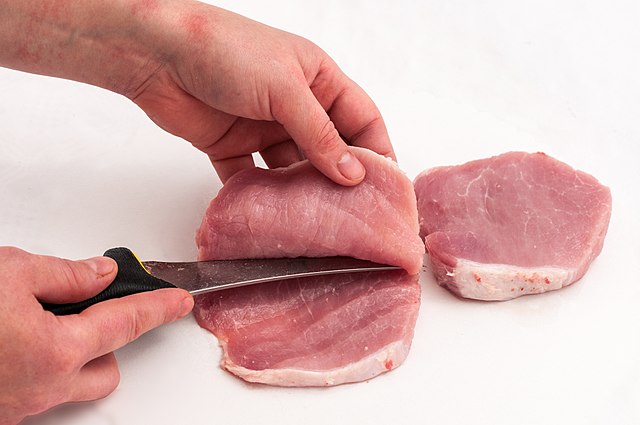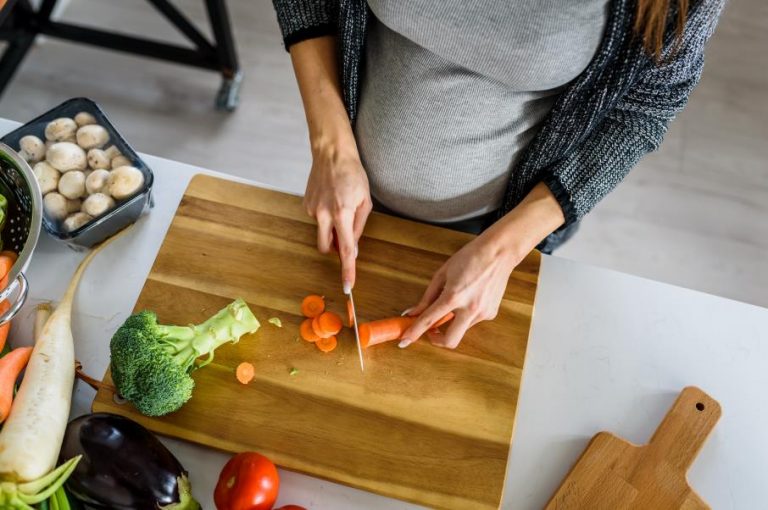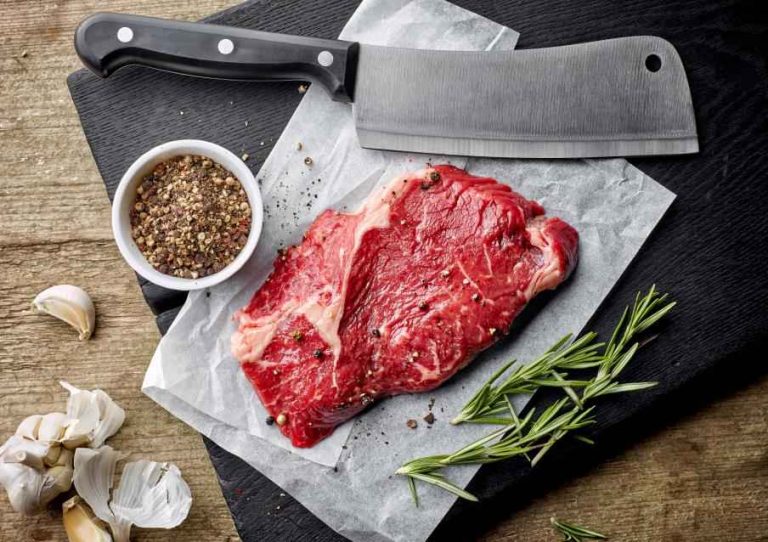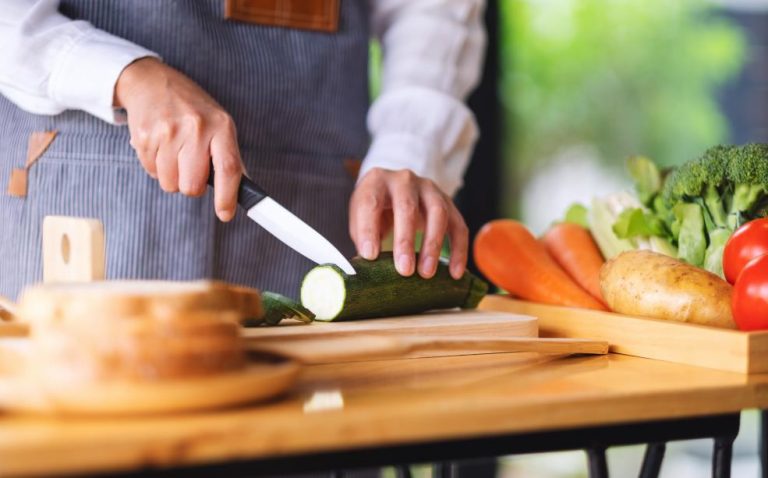At Leeknives we pride ourselves on offering a knife to fill every need, and in this article, we’re going to be dissecting the boning knife.
What is a Boning knife? What’s it used for? Are a Boning knife and a Fillet knife the same thing? Is the Boning knife a worthwhile item to sell in a knife store?
We’re going to be answering all these questions and throwing in loads of other useful info too, so let’s get cracking!
What is a boning knife?
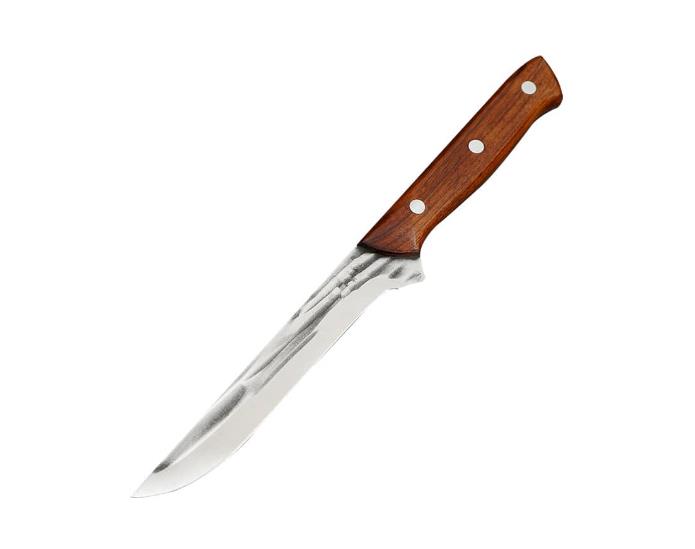
A Boning knife is a mid-sized kitchen and meat processing knife that’s designed and used primarily for separating flesh (either meat or fish) from bone.
The characteristics of a boning knife explained
Size
The Boning knife is available ranging from 5 to a very big 9.5 inches in size. The most popular size range though is 5 to 6.5 inches.
Blade profile and characteristics
The blade of a Boning knife is typically long and thin, and narrow in vertical width. The blade is usually non – serrated and straight edged although some Boning knife profiles can be slightly curved depending on the maker.
The blade of a Boning knife usually has a finger guard section placed before the handle of the knife joins the blade to prevent the user’s hand slipping. The blade of a Boning knife tapers up towards the end into a fine point.
The key feature of a Boning knife blade is its flexibility, all Boning knives are flexible to some degree.
Beveling
Most Boning knives are double bevel or have two sharpening surfaces/sides to the blade. This makes them an easy knife to sharpen and appropriate for use by both right – handed and left – handed people.
Handle
Along with a finger guard or bolster, a good quality boning knife will have a handle that’s molded and shaped to fit the user’s hand and that can be gripped firmly for boning work.
Handles are available in a range of materials from composite resins to ceramics and woods. The choice of handle is largely driven by the customer’s preferences and hand size and strength.
Buy Wholesale Knives and Start Scaling up with Us Today
Contact us and connect with a sales rep to get a free quote.
What a boning knife is used for
As its name suggests, the Boning knife is the primary tool in the kitchen for taking meat off the bone. This is a very useful purpose in and of itself, but the Boning knife is capable of other tasks too.
Let’s look at the jobs that a Boning knife is great at!
Meat
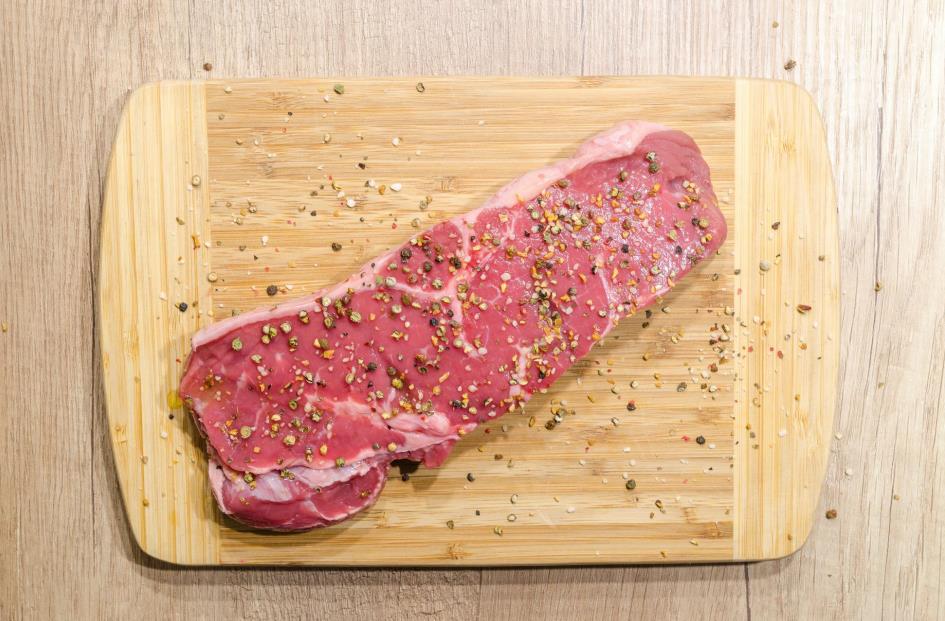
First and foremost, the Boning knife is your meat prep friend. As a meat processing tool, this is the knife you need for taking meat off the bone and cutting through sinew, muscle, and fatty matter to isolate the meat you want without unnecessary, costly wastage.
Common tasks for a Boning knife include breaking down large pieces of meat into steaks, dividing rib racks and deboning pieces of meat for easier serving and eating.
The Boning knife can also be used for separating the fat and skin from animal flesh, making serving portions both healthier and more attractive on the plate.
For red meat, a Boning knife that offers a high level of stiffness in the blade is best.
Poultry
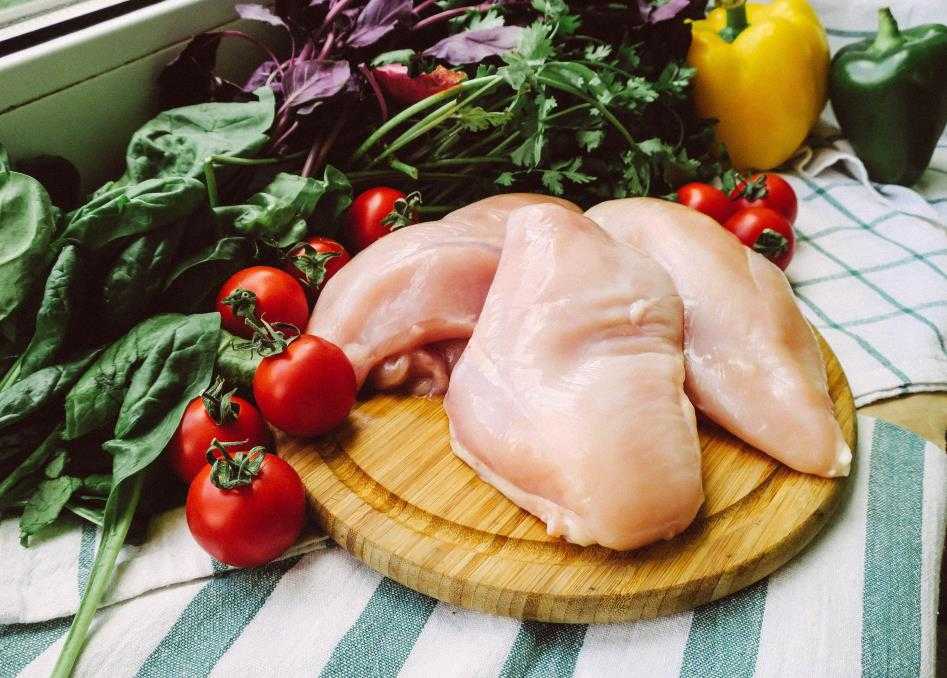
Another common usage of the Boning knife is for poultry, both breaking down whole poultry carcasses into portions or using the flexible blade to remove flesh from drumsticks.
Processing raw poultry from whole carcass into pieces is a good money – saver, both for household and professional kitchens.
For poultry or indeed things like gamebirds, a Boning knife with a more flexible and less stiff blade should be used for best results.
Fish
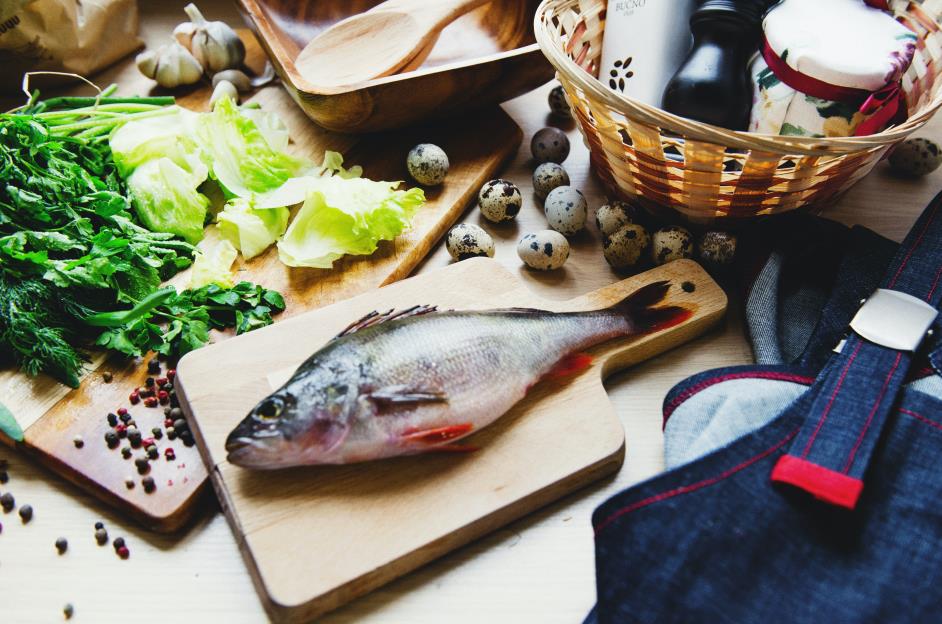
The Boning knife sees a lot of use in the processing and deboning of whole fish and dividing these into fillets particularly. One user reports that they use a Boning knife exclusively for processing around 40 whole fish daily for restaurant service and that it works a charm!
Although primarily for animal flesh, the Boning knife offers good versatility by being able to cover poultry and fish needs too.
For fish processing, we recommend a Boning knife with a high level of flexibility to avoid damage to delicate fish flesh.
Fruit and veg
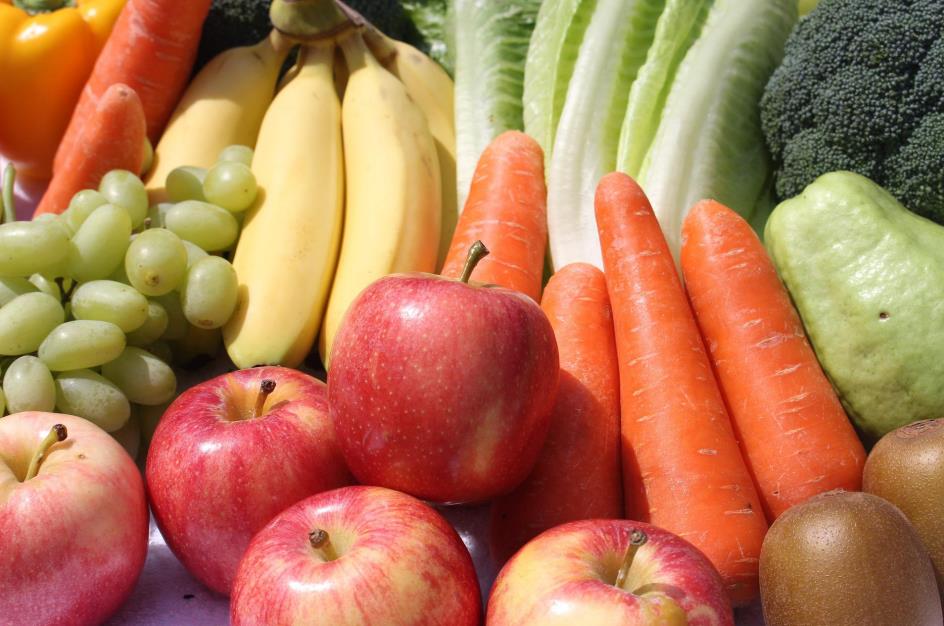
You may be surprised to know that Boning knives are also useful for peeling, trimming and slicing fruit and veg. Although not made specifically for these tasks, a Boning knife will do well on fruit and veg if you don’t have a Utility knife to hand.
Many people like to use a Boning knife for citrus fruits as its flexible blade makes easy work of peeling soft citrus and separating the segments gently from the pith and skin without crushing them. A Boning knife is also good at removing the thick, hard skin of pineapples.
For fruits and vegetables, a Boning knife of mid – range flexibility is best.
Bakery
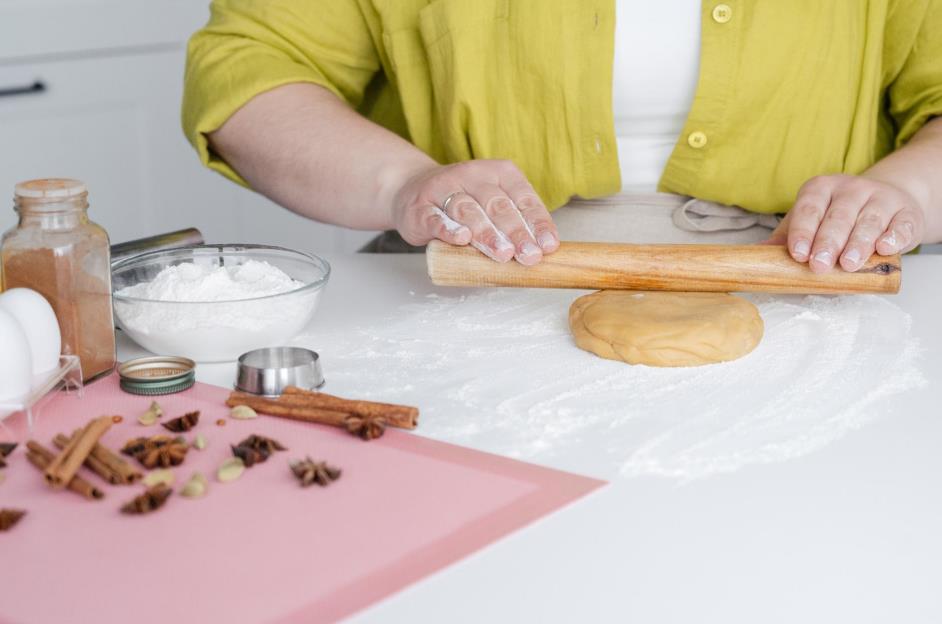
Many bakers swear by Boning knives for trimming cakes or tart crusts down into a neat and even size for better presentation.
Also, a Boning knife is great at dividing a roll of uncooked cookie dough into rounds efficiently.
Need to core out a cake or cupcake? A Boning knife can do this very well too.
For use in bakery, we recommend a Boning knife that’s mid – range for flexibility and stiffness in the blade.
Are a boning knife and a fillet knife the same thing?
The short answer here is ‘no’ and we’re going to demonstrate a couple of their differences in a table for easy reference.
| FEATURE | BONING KNIFE | FILLET KNIFE |
| Primary Usage | Separating meat from bone | Processing raw fish |
| Build | Heavier than a Fillet knife | Lighter than a Boning knife |
| Blade Length | 5 to 9.5 inches | 6 to 11 inches |
| Blade Thickness | Thicker than a Fillet Knife | Thinner than a Boning Knife |
| Blade Curvature | If curved, very slight | Distinctive curve to blade |
| Durability | Can withstand heavy work if used properly | Not appropriate for heavy, impactful tasks |
Although Boning and Fillet knives are easy to confuse if you’re not a knife expert, they’re designed for different tasks entirely and each plays its own role in the kitchen.
Buy Wholesale Knives and Start Scaling up with Us Today
Contact us and connect with a sales rep to get a free quote.
Boning knife know – how, tips and tricks
Use a boning knife appropriately
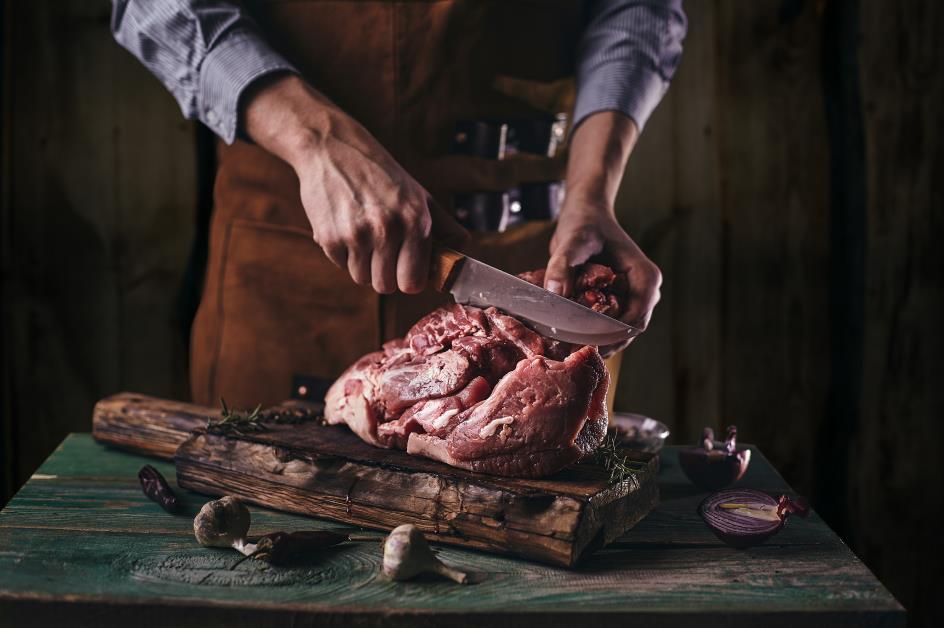
Despite their name, Boning knives are not designed to cut through large bones, they will get damaged by such hard usage. For heavy butchery that involves sawing through bone, invest in a hefty cleaver.
Common user errors
Dragging the knife tip of a Boning knife across bones or cleaning bones with the front 2 inches of the blade will dull and may even chip the blade. Use either the spine portion of the blade or the blade edge nearer to the heel for best results.
Match the knife to the user
A home cook and a professional butcher may need very different Boning knives. For professional or industrial use, a heavier, thicker, and tougher Boning knife is the best buy. Understand your customer’s needs and the amount of meat processing they do, and you’ll be able to recommend the right Boning knife to suit them.
Storage
Boning knife owners recommend either an edge guard or a knife guard to use when transporting or storing Boning knives. This protects the blade edge from chipping and damage.
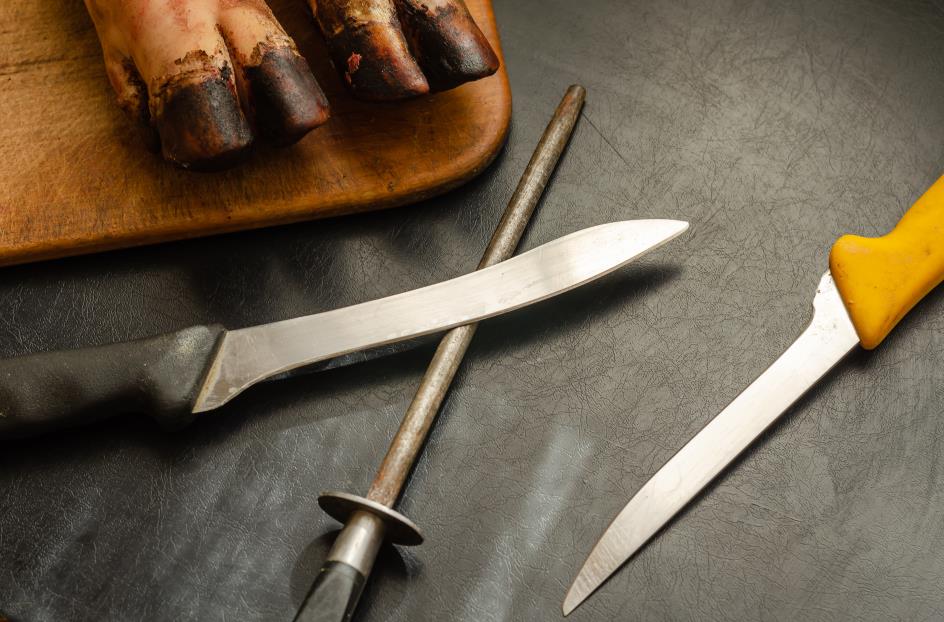
Being double bevel, Boning knives are not difficult to sharpen. However, they do need regular sharpening based on how much they’re used, and pre – usage honing is essential to preserve blade sharpness, especially if large volumes of meat are being processed.
Price point
Boning knives are one of the most reasonably priced knives on the market and this is a selling point in their favor.
Prevent handle slippage
If your Boning knife handle tends to get slippery or oily when working with it, simply roughen up the handle slightly with sandpaper. This won’t be noticeable if carefully done and it’ll help to prevent accidents if you’re not feeling confident with the knife.
Protect the blade edge
A Boning knife is meant to be used when holding up meat, it’s best not to use it directly ON a chopping board like a Chef’s knife (for example) because banging the edge hard against a hard surface can cause chipping.
Should I sell boning knives in my store?
Certainly! Boning knives fill a defined need in the kitchen and offer versatility too. At a good price point, they’re both useful and wallet – pleasing buys, particularly for establishments where a lot of meat is being processed for either sale or dining service.
In conclusion
It is our hope that this article has opened your eyes to the need for and the potential of the Boning knife.
Do check out the rest of the LeeKnives product catalog, and remember, a quick quote is only a click away.
